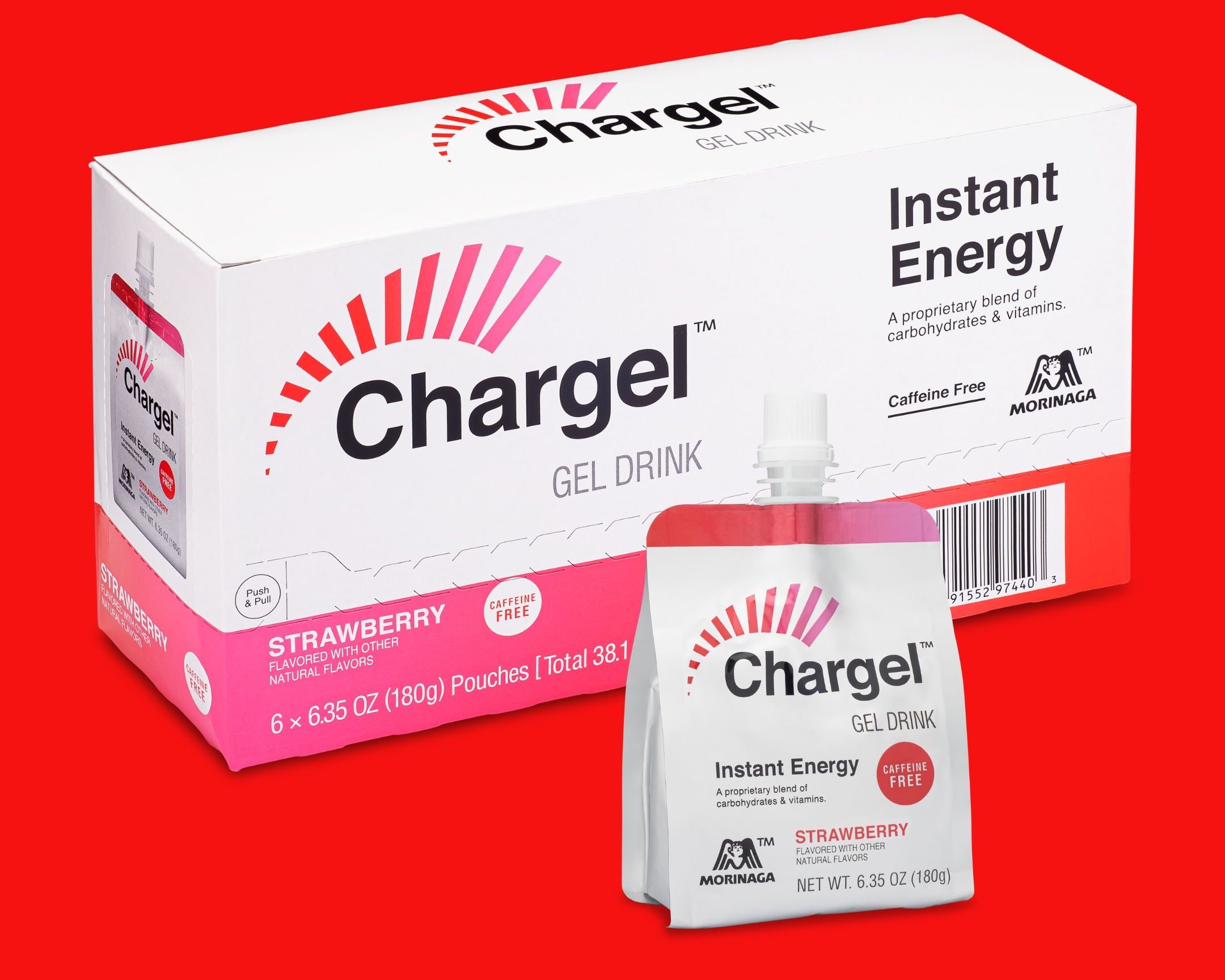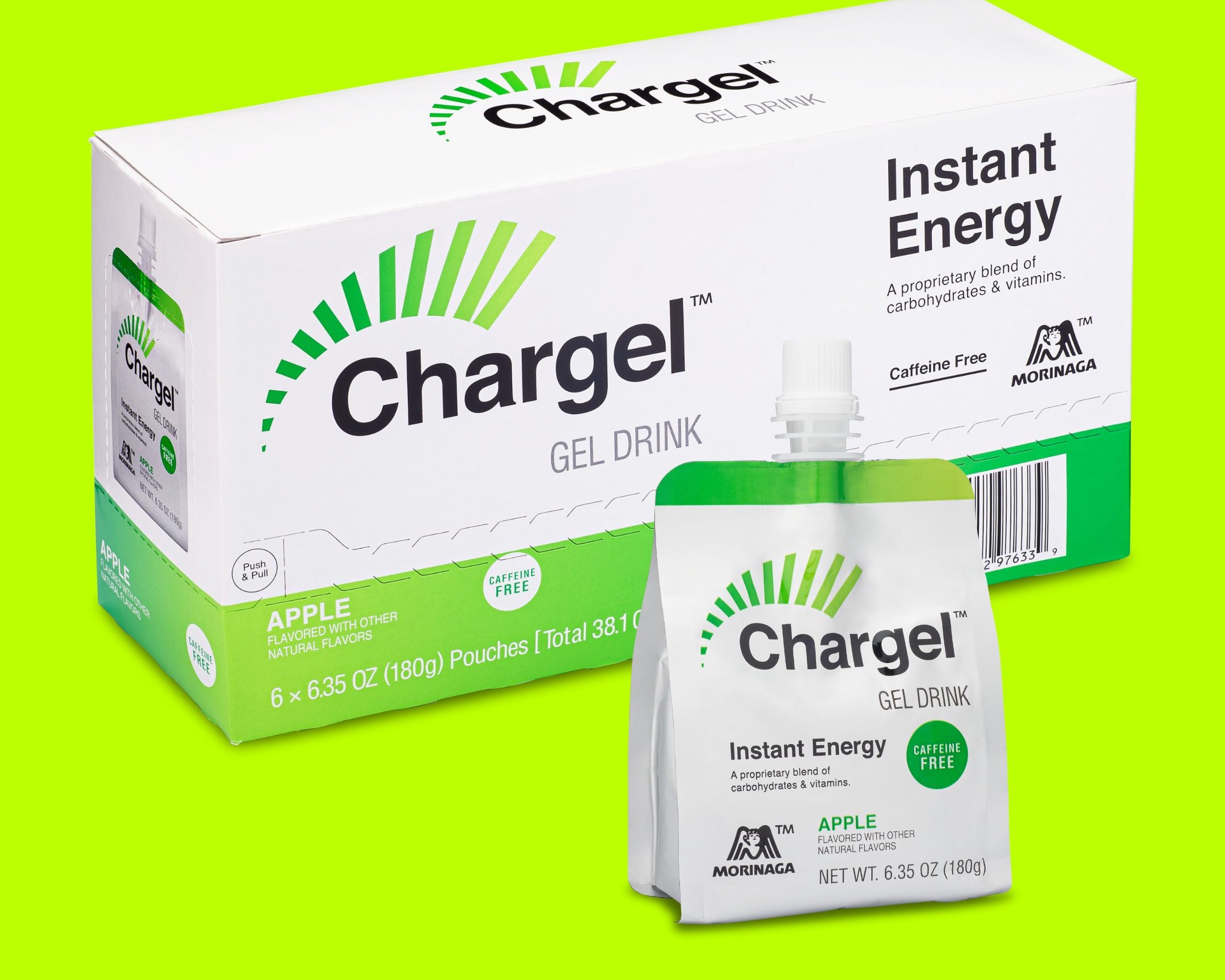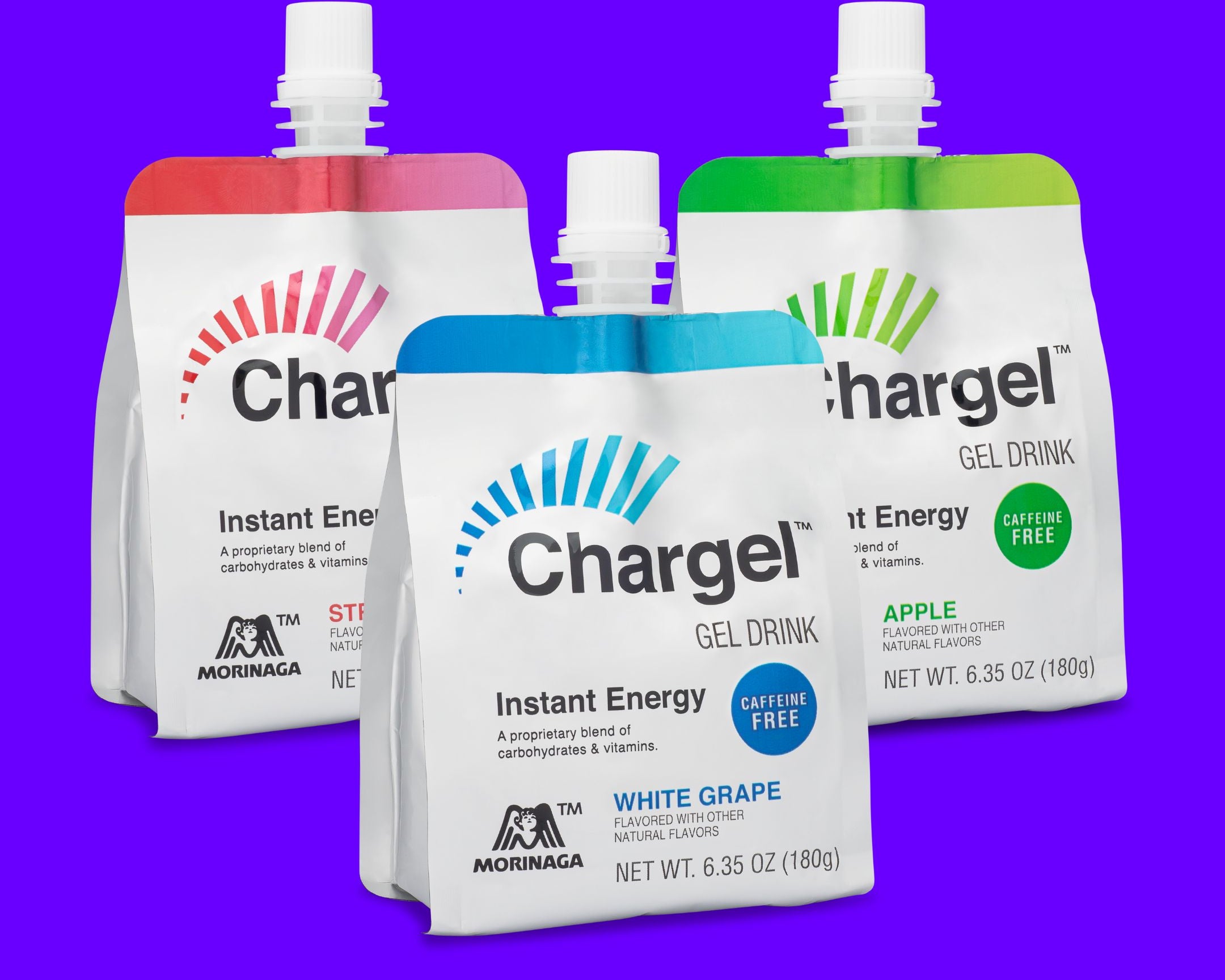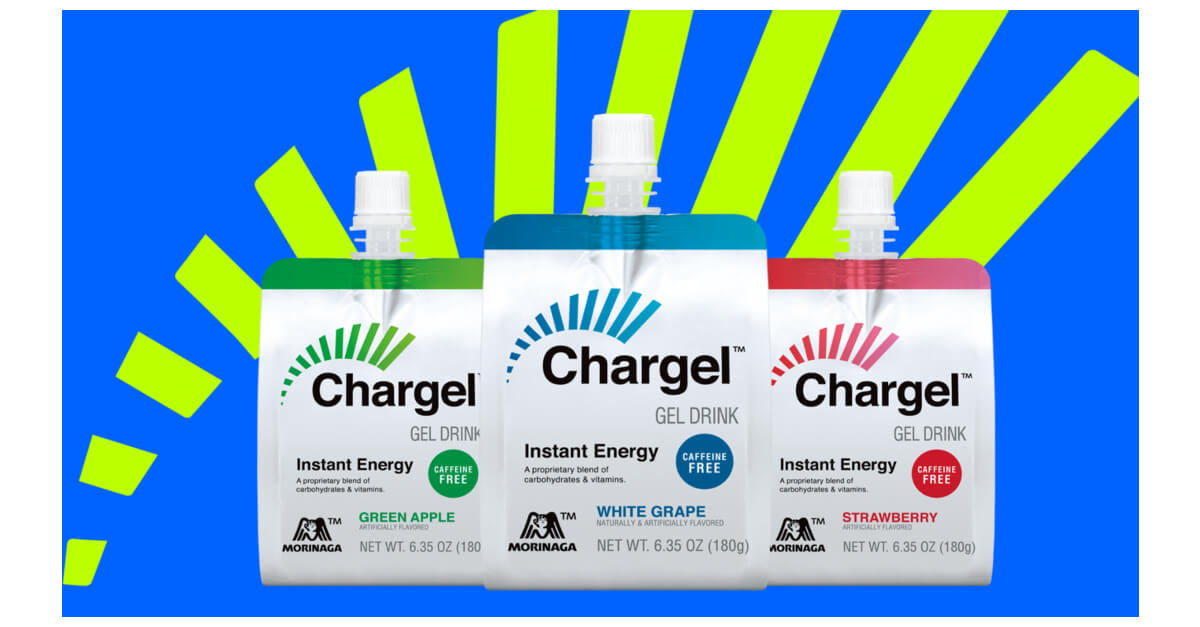
Author Profile: Ashley Mateo
Ashley Mateo is an award-winning journalist and editor whose writing has appeared in such outlets as The Wall Street Journal, TIME, Runner's World, Women's Running, Men's Journal, Health, Women's Health, Bicycling, and more. Ashley is also an RRCA- and UESCA-certified running coach, and writes the weekly newsletter The Rundown. She lives in Denver.
It’s hard not to get caught up in calorie restriction culture when you’re constantly bombarded with social media ads for intermittent fasting, low-carb and low-fat products lining store shelves, and this pervasive idea that “lighter is faster.”
But calories equal energy, and your body requires an energy balance in order to maximize performance. Translation: You need to take enough energy in (through what you eat and drink) to match the energy going out (via exercise and other daily needs).
As an endurance athlete, if you’re not eating enough calories—specifically, calories from carbohydrates, the body’s most readily available source of energy—there’s no way you’re going to be able to train hard and race well (or recover properly!).
Here’s what you need to know to match your energy intake to your workouts.
How much fuel do you need?
Every athlete is different, so there’s no one-size-fits-all approach to fueling. But understanding the general recommendations can help you dial in your personal nutrition strategy. Men aged 19 to 30 need between about 2,400 to 3,000 calories a day, according to the current Dietary Guidelines for Americans, while women in the same age range require about 1,800 to 2,400 calories a day; between ages 31 through 59, those numbers are 2,200 to 3,000 calories a day for men and 1,600 to 2,200 calories a day for women.
Here’s the catch, though: The more active you are, the more calories you need. Our bodies are always burning calories—even at rest. The amount of energy your body needs to perform its most basic functions is known as your basal metabolic rate (BMR); BMR—which is often used interchangeably with RMR, or resting metabolic rate—may range from less than 1,200 to more than 3,000 calories per day. Think of it as your baseline for energy. Calories burned during exercise add to that count.
BMR is influenced by gender, weight, height, age, ethnicity, body composition, and more, and you can estimate it using an online calculator—just know that the best of the equations measuring BMR still only has an accuracy of no more than 70 percent, according to a 2021 systematic review published in Clinical Nutrition. It’s not about nailing the perfect ratio every single day, but paying attention to your overall patterns and making sure you have enough gas in the tank to fuel your workouts.
What type of fuel you prioritize matters
First: All three macronutrients—carbohydrates, protein, and fat—are crucial to getting the most out of your body, as are vitamins and minerals. But when it comes to endurance performance, carbohydrates are king.
In fact, Relative Energy Deficiency in Sport (RED-S)—a condition related to low energy availability in an athlete’s diet—isn’t caused just by a lack of overall energy, but a lack of calories from carbohydrates in the diet, recent research published in Medicine & Science in Sports & Exercise determined.
Carbohydrates are the most easily accessible form of fuel for your body. When you eat carbs, they’re broken down into glucose, which can be stored within the bloodstream for immediate energy or in the liver and muscles in the form of glycogen; when you need more energy than what’s available in your bloodstream, those glycogen stores can be converted to glucose.
Your blood can hold around 20 calories of glucose or less, while your liver glycogen stores range from 350 to 650 calories and leg muscle glycogen stores range from 1,250 to 2,270 calories (based on a 154-pound body), according to older research from PLOS Computational Biology. That’s enough to power about two hours of exercise.
But you don’t want to bottom out before you start fueling. You generally don’t need to take in carbs during workouts or races under an hour, but once you hit that 60-minute mark, your glucose supply starts dwindling—and so do your energy levels. Ingesting 30 to 60 grams (or 120 to 240 calories) of carbohydrates during exercise appears to delay the onset of fatigue, according to longstanding research published in Current Sports Medicine Reports.

It’s not just about what you eat during a workout: You get a 15 percent increase in glycogen storage with a carb-heavy breakfast in the three hours before an event, research published in the Journal of Applied Physiology found.
Before a workout, an energy gel like Chargel—full of easy-to-digest simple carbohydrates and with more calories than standard sports drinks and energy chews—can top off your glycogen stores. Cyclists lasted 23 minutes in exercise tests after they consumed a pre-workout drink of simple carbs compared to when they didn’t ingest carbs beforehand, an older study in the Journal of Applied Physiology: Respiratory, Environmental and Exercise Physiology determined, and they burned less muscle glycogen when they had carbs before exercise versus when they didn’t, another study in the Journal of Applied Physiology found.
Carbs are equally important post-workout, because they help replenish the glycogen your muscles just lost through exercise. When carbs are consumed within 60 minutes of exercise, there’s a significant increase in muscle glycogen replenishment and a decrease in muscle recovery time, multiple studies have shown. Meanwhile, delaying carbohydrate consumption by just two hours post-exercise lowers the rate of muscle glycogen resynthesis by as much as 50 percent, according to older research published in the International Journal of Sports Medicine.
Because exercise can slow down digestion, consuming carbs via liquid or gel form—like Chargel—can make topping off those glycogen stores a lot more palatable. And supplements like this are no less potent than real food; a 2020 study published in European Journal of Applied Physiology proved potatoes are just as good for glycogen recovery as popular sport supplement foods and drinks.
What happens if you don’t get enough fuel?

Fuel powers performance. So it’s pretty simple: When you aren’t properly fueled, your performance is going to suffer. People are able to perform aerobic exercise for longer after eating versus when they fast, a 2018 meta-analysis published in the Scandinavian Journal of Medicine & Science in Sports found.
Here’s how under fueling shows up in your body: For starters, restricting calories by 20 percent decreased lean muscle mass and reduced VO2 max—an important metric of cardiorespiratory fitness for endurance athletes—in research published in Medicine & Science in Sports & Exercise. Even short-term calorie restriction impairs muscle protein synthesis, a study in Frontiers in Physiology determined, which prevents your body from repairing and rebuilding muscle fibers after the stress of exercise. And without easily available fuel, your body will actually start breaking down protein (read: your muscles) to maintain blood sugar levels, according to 2022 research from the International Journal of Sports Science & Coaching.
Consuming less calories than you burn can lead to weight loss, but that energy deficit can also cause a whole host of negative physiological effects, from increased perceived exertion and decreased endurance to gastrointestinal issues, a drop in body temperature, and shifts in mood, sleep, and cognitive function. Eventually, athletes may experience hormonal issues, suppression of the reproductive system, mental disorders, thyroid problems, altered metabolic responses, and compromised bone health, according to research published in Sports Medicine - Open.
Proper fueling allows you to train better, adapt better to that training, and perform at 100 percent on race day. It’s not always easy, but finding the proper energy balance for your fitness level will make you a healthier, stronger athlete in the long-term.











